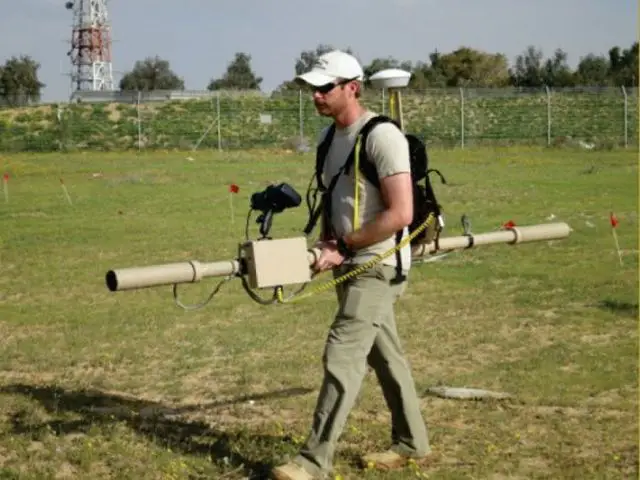Breaking news
US Army engineers always improving tunnel detection 82206176.
| 2017
|
|
|||
|
Defense & Security News - United States
|
|||
|
|
|||
|
US Army engineers always working hard to improve detection of enemies tunnel
|
|||
|
Enemy combatants lurking in tunnels have attacked U.S. troops throughout U.S. history, including during both world wars, Vietnam and more recently Iraq and Afghanistan. Detecting these secretive tunnels has been a challenge that has been answered by the U.S. Army Engineer Research and Development Center's engineers at the Geotechnical and Structural Laboratory in Vicksburg, Mississippi.
|
|||
|
|
|||
 A U.S. Army Engineer Research and Development Center engineer uses tunnel-detection equipment (Photo Credit: U.S. Army Engineer Research and Development Center)
|
|||
|
|
|||
|
The lab developed the Rapid Reaction Tunnel Detection, or R2TD system several years ago, according to Lee Perren, a research geophysicist at ERDC who spoke at the Pentagon's lab day last month. R2TD detects the underground void created by tunnels as well as the sounds of people or objects like electrical or communications cabling inside such tunnels, he said. The systems is equipped with ground penetrating radar using an electromagnetic induction system. Additionally, a variety of sensors detect acoustic and seismic energy, he added.
The detection equipment data can then be transmitted remotely to analysts who view the data in graphical form on computer monitors. The system can be carried by a Soldier or used inside a vehicle to scan suspected tunnel areas. R2TD has been deployed overseas since 2014, he said. Feedback from combat engineers who used the system indicated they like the ease of use and data displays. It takes just a day to train an operator, Perren said. ERDC has been trying to stay at least a step ahead, continually refining the software algorithms used to reject false positives and false negatives, she said. Also, the system upgraded to a higher power cable-loop transmitter to send signals deeper into the ground. The improvements have resulted in the ability to detect deeper tunnels as well as underground heat and infrastructure signatures, which can discriminate from the normal underground environment, she said. While current operations remain classified, ERDC field engineers have in the past traveled in to Afghanistan according to members of the team. |
|||


























